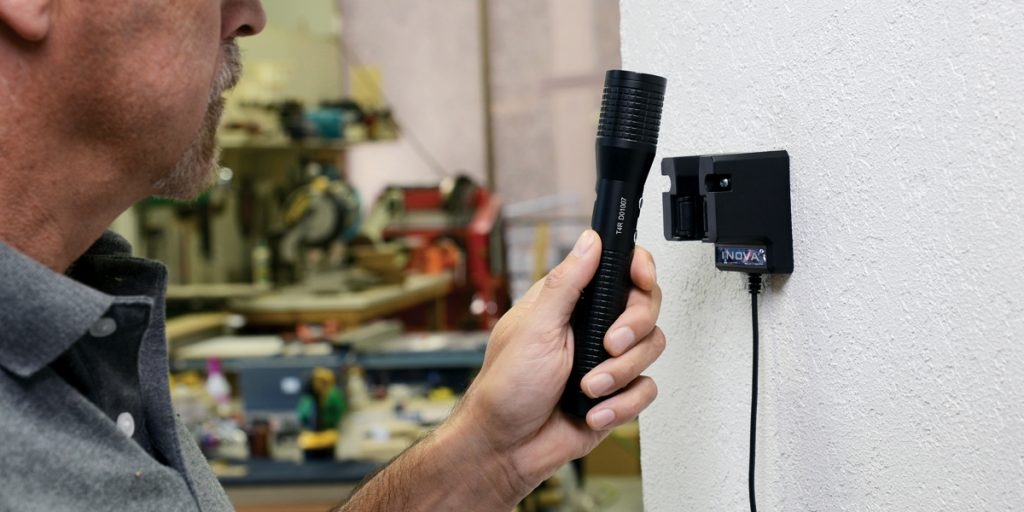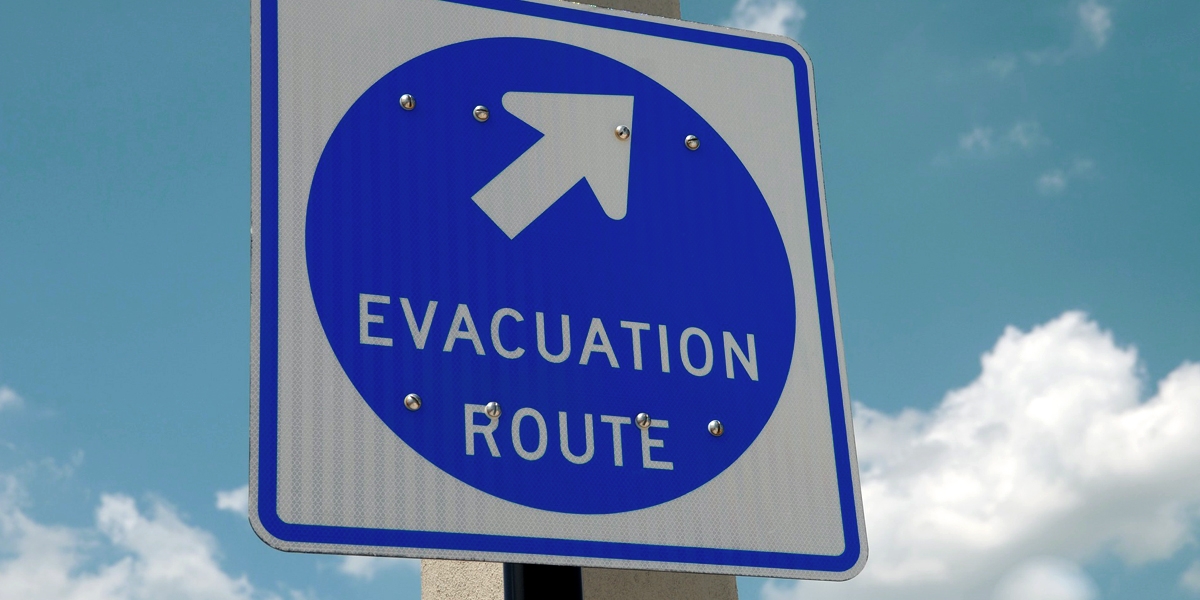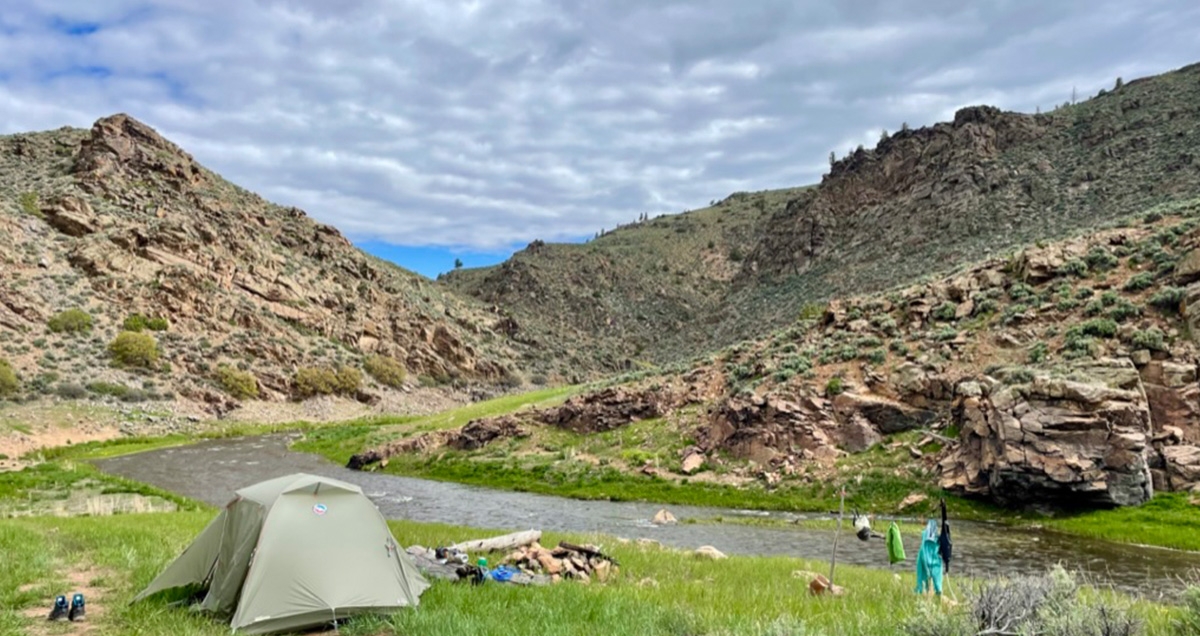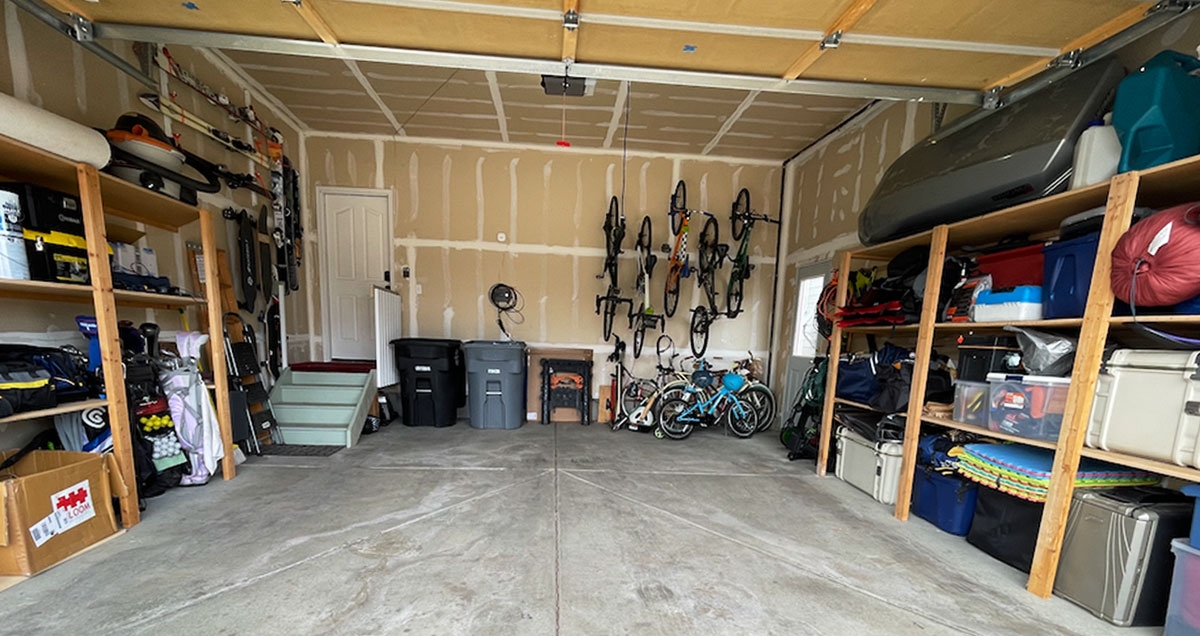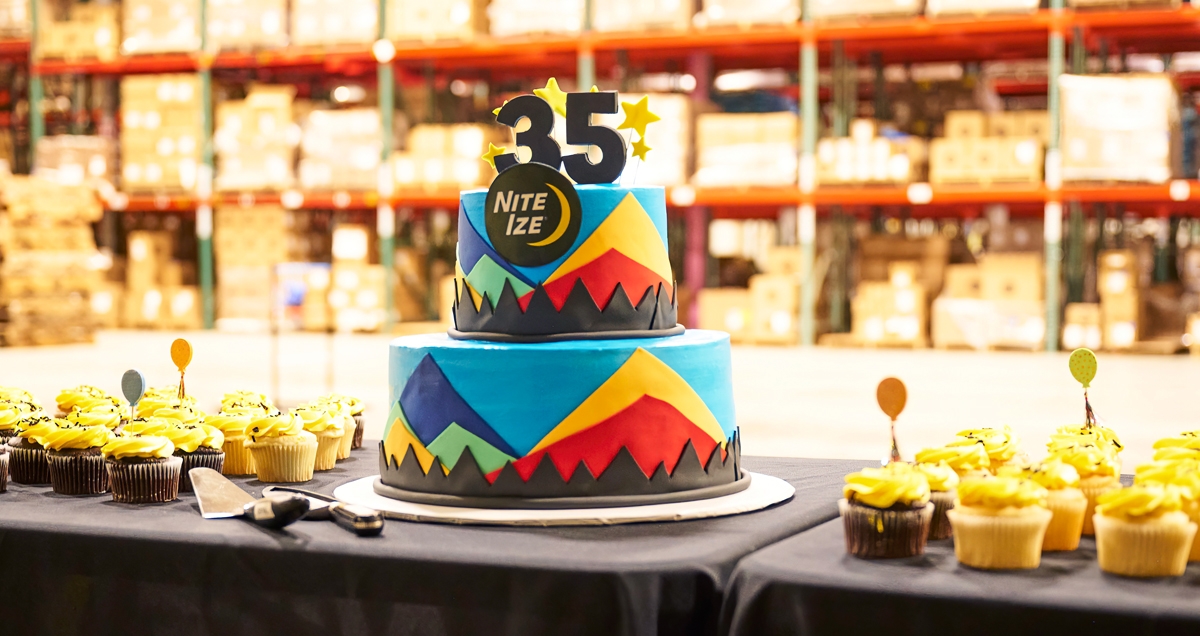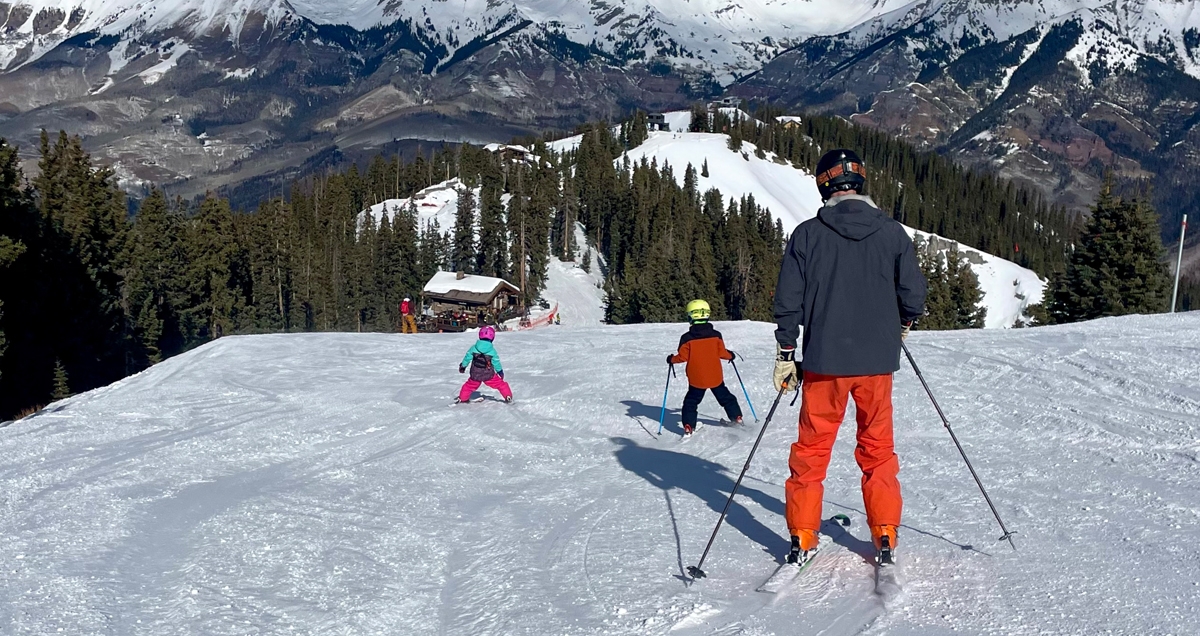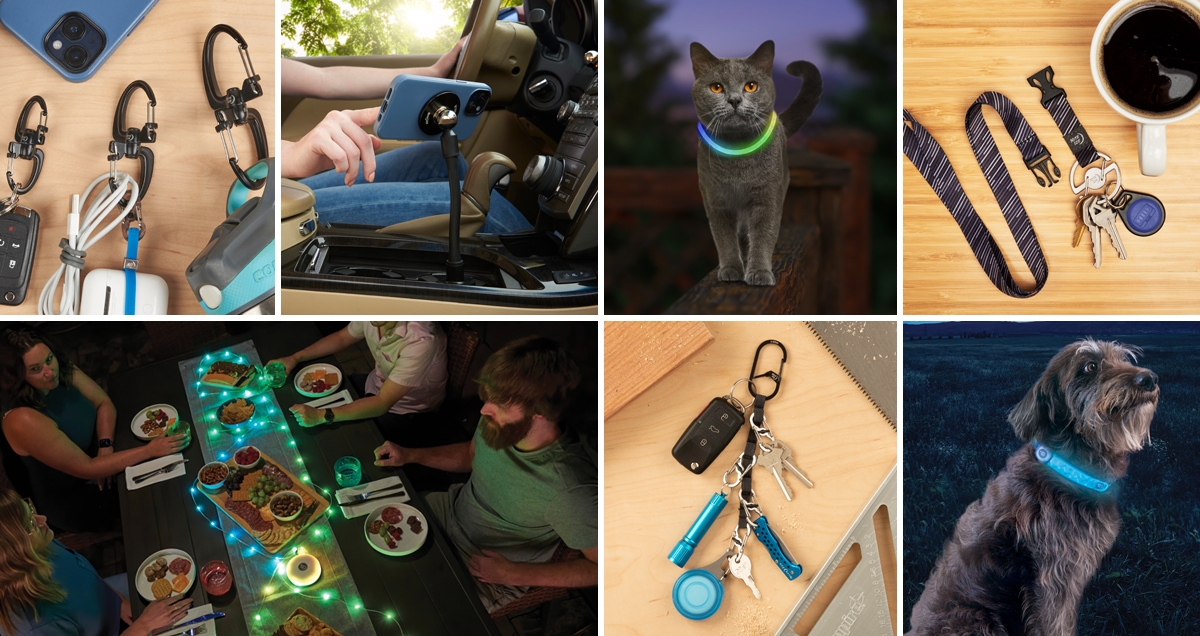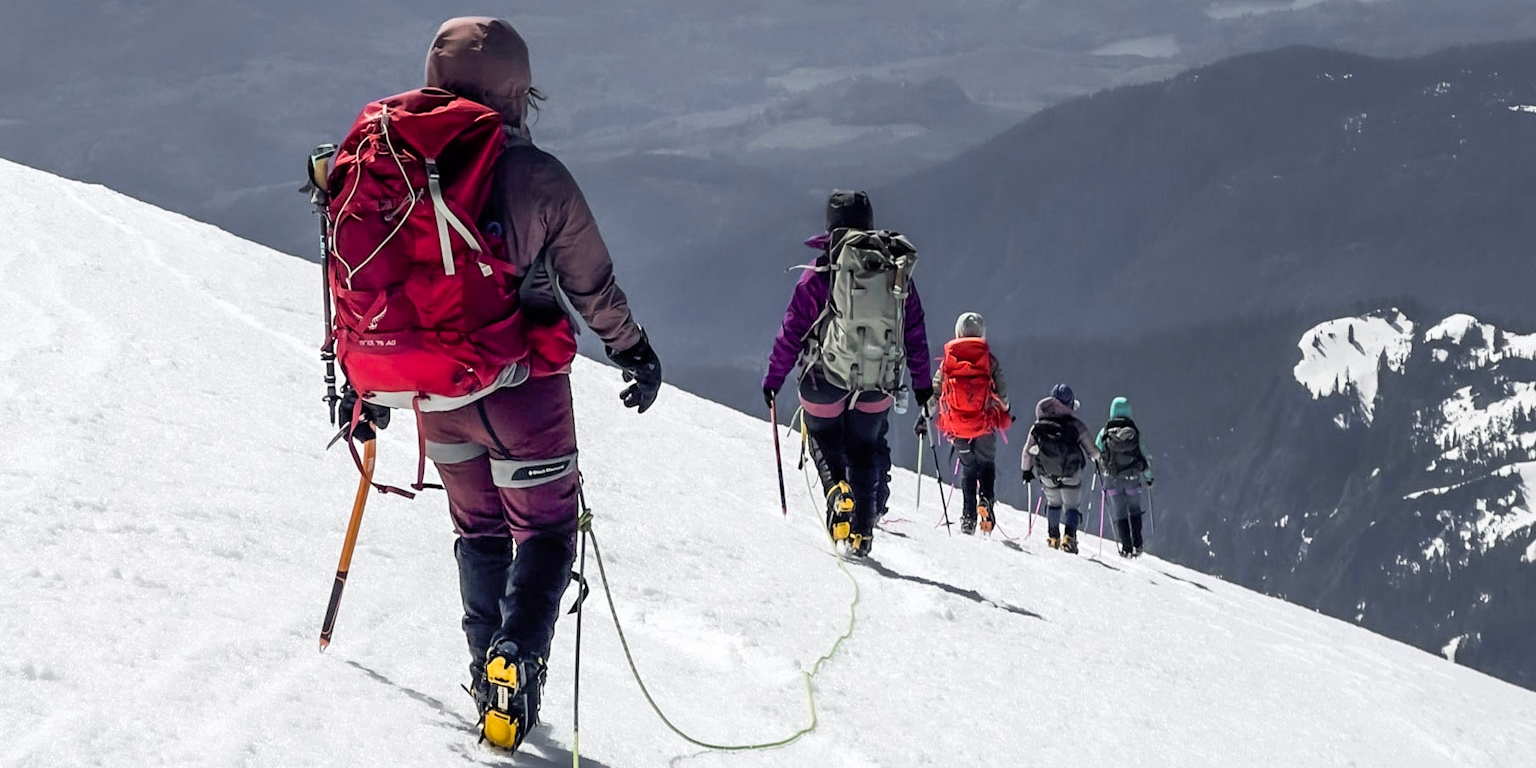Do You Have an Emergency Evacuation Plan?
- By Katie S
- Sep 1, 2022
- 0 Comments
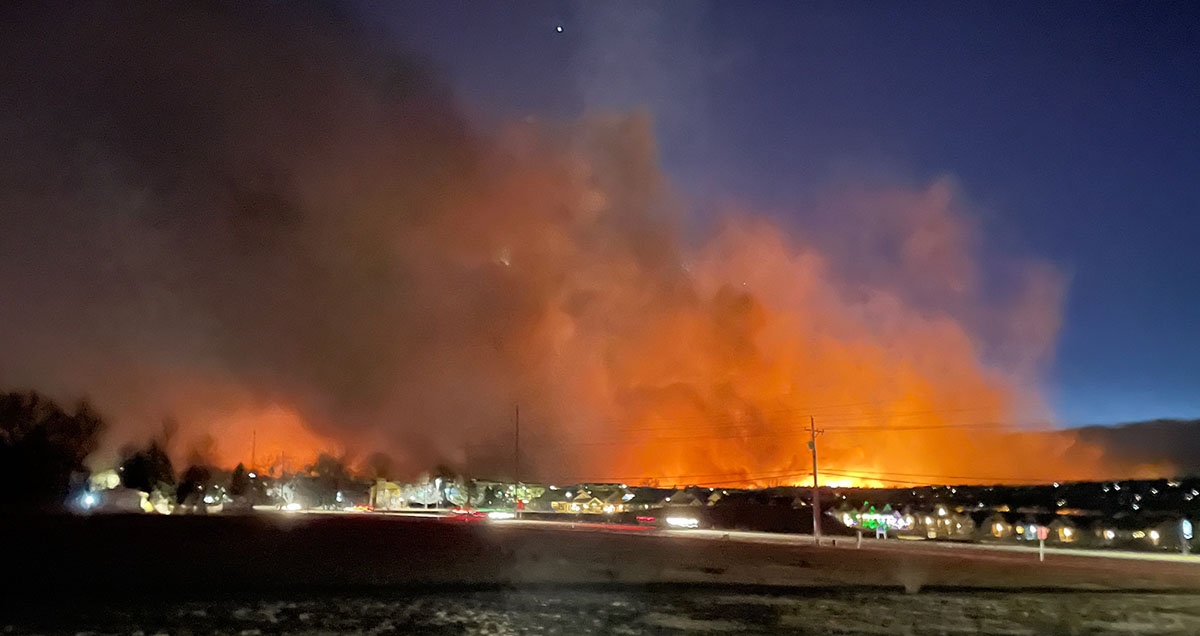
Pumpkin-spice-everything, mums, and Labor Day vacations are actually not the most pressing to-do of your September. It is National Preparedness month here in the U.S. It is a time to reflect on who and what is most important in your life, and to make plans and take action to protect them in case of an emergency. And yes, once you've done that, then by all means, please go enjoy all the vacations and pumpkin-spice things with those wonderful people in your life.
I can tell you from personal experience that there is nothing more unsettling than being evacuated from your home and knowing that it may not be there when you come back. It is a paralyzing feeling in the moment, one that makes it very difficult to think clearly and act as you would under normal circumstances. The preparation piece is what I am hoping to help you with in this post. It is so essential to have a plan in place ahead of time and to have this communicated to all members of your household so that you can act swiftly and confidently if the need arises.
Preparing for Rapid Evacuation
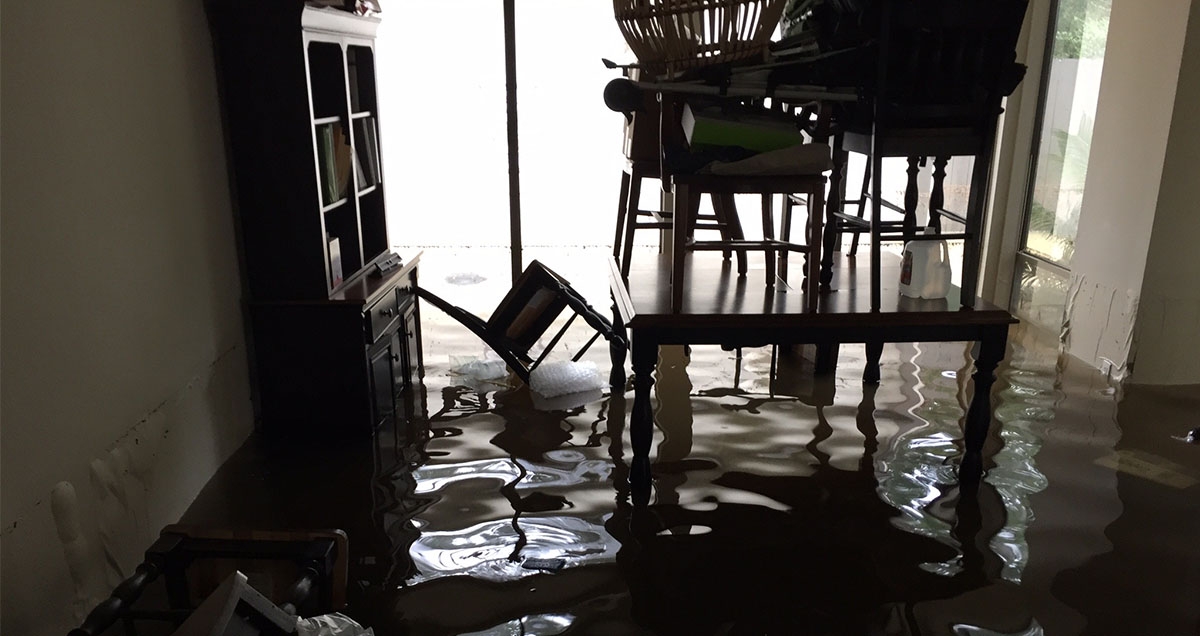
Fires, floods, earthquakes – they come at you fast and often with little-to-no warning. If an emergency responder is at your door saying you have ten minutes to get out, don’t take 15.
What to grab on the way out (in priority order):
1. Shoes and appropriate clothing for all members of your family. Evacuating into freezing weather in pajamas and no shoes can be as dangerous as the disaster itself.
2. Prescription meds/glasses that will be needed in the next 24 hours.
3. Pets with their leash and collar (a safe way to quickly gather a scared cat is in a pillow case, and then deposit them into their carrier).
4. Crucial documents and wallets: passports, birth certificates, titles, etc (ideally these are stored in one location for quick access).
5. Your Go Bag (if you have a well-packed Go Bag, you may already have items 1-3 in there), if you don't have a Go Bag, keep reading!
6. Each family member’s chosen most-valuable item: This is a conversation you should have ahead of time with all members of your household. You never know who will be home when an emergency strikes. Do you know what one item would be devastating for your partner or child to lose? Do they know your one item? It’s worth a dinner conversation for everyone.
Building Your Go-Bag
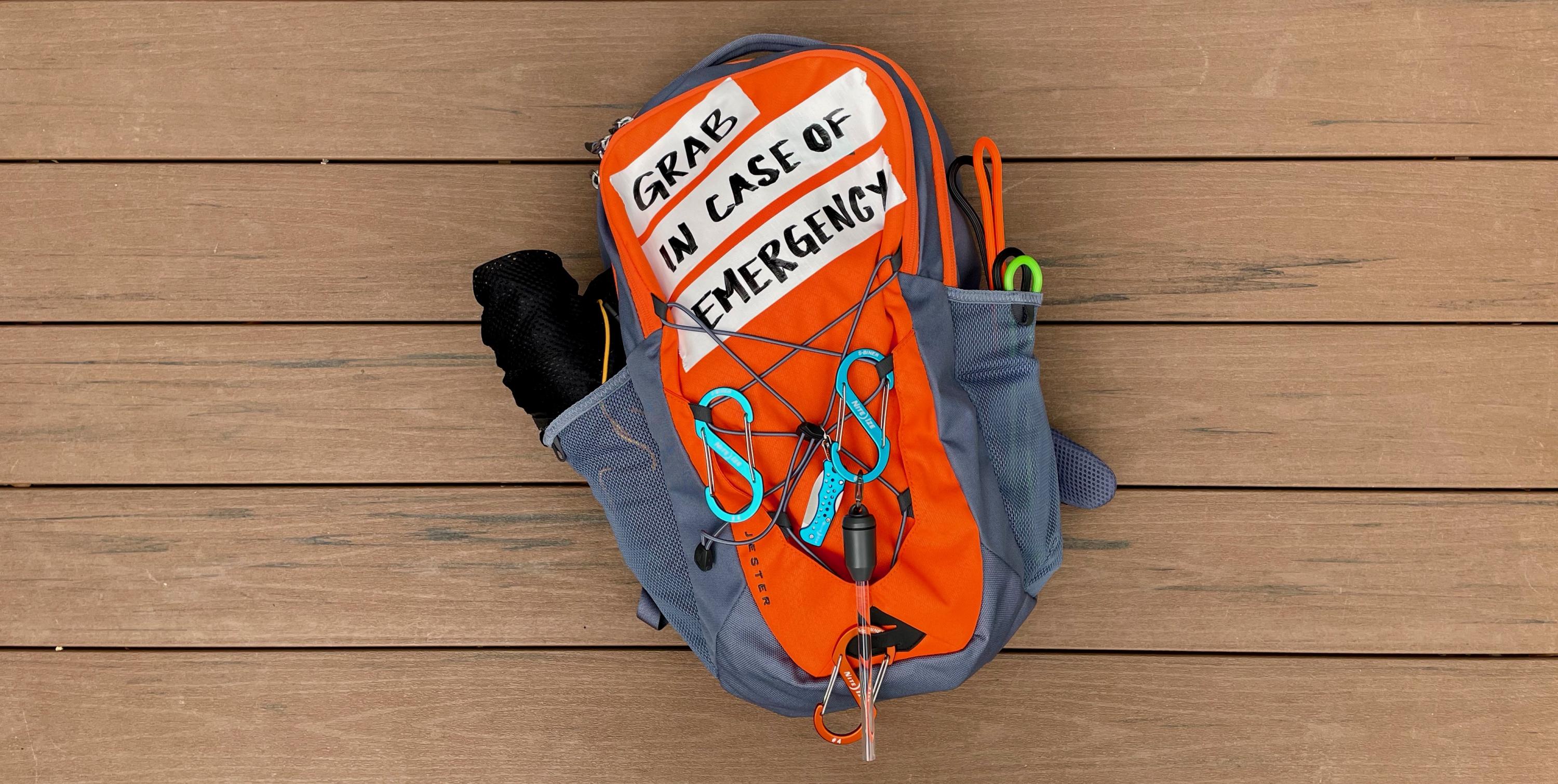
If you haven’t built a Go Bag yet, now is the time! A Go Bag (also referred to as a Bug-out Bag) is a pre-packed kit that can be your lifeline when things hit the fan. So, grab an old backpack, gather up the items appropriate for your household, pack it, and keep it somewhere convenient to grab in a hasty exit. My kit is designed for two adults, two young children, and one dog for 24-48 hours. Here are my suggested items to get you started on building your kit:
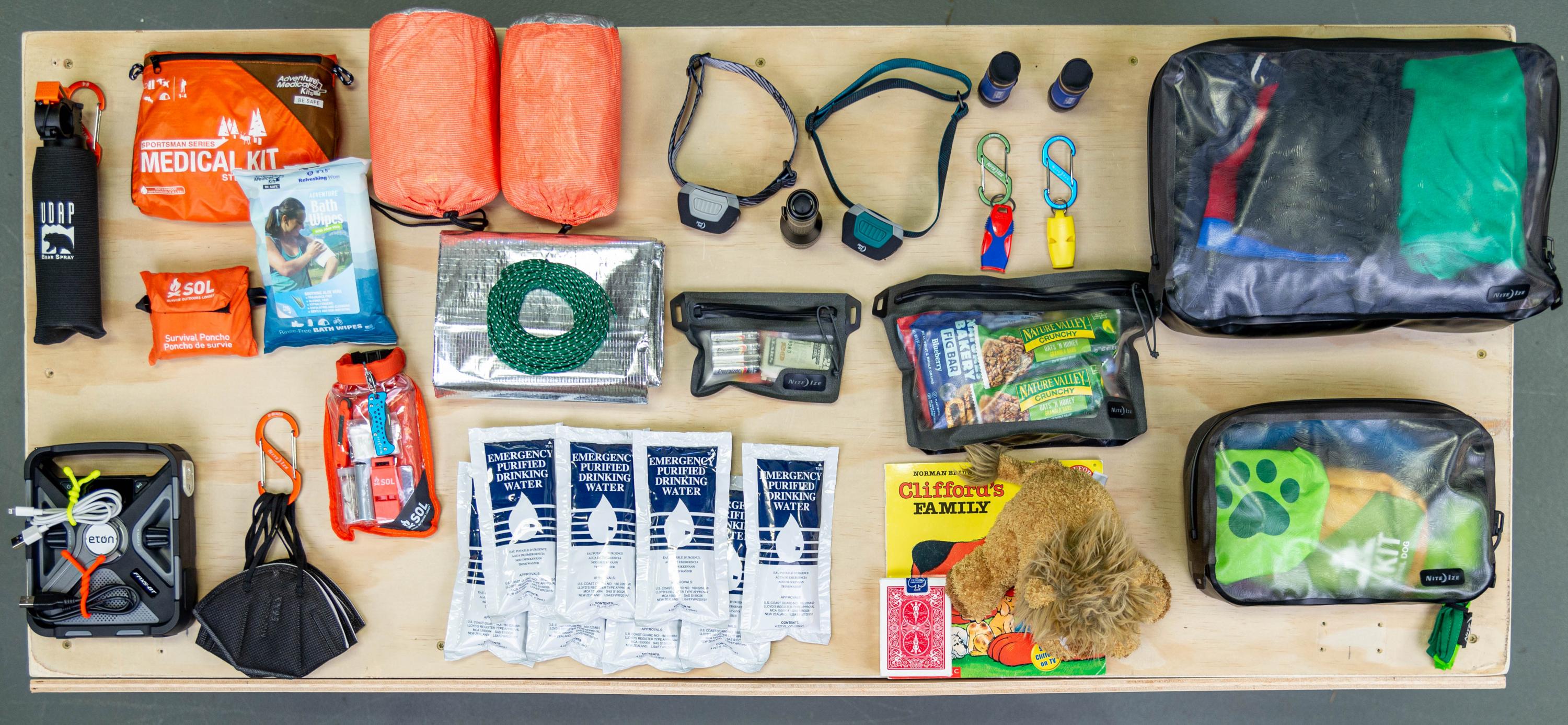
1. Water – I like this style of water pouch as it is packaged for a long shelf life and makes it easy to determine and regulate how much each person should get – two 4.4 oz packs a day. I also have a LifeStraw in case we need more than the pouches I’ve packed.
2. Food – If you are only packing a 24-hour kit, food is not technically essential, however, eating can help you stay warm and sustain you mentally and emotionally. Plus, if you have kids, you know that snacks truly are essential for everyone’s sanity. I like classic energy bars and dried fruit. They have to be replaced more regularly than emergency ration bricks, but they are significantly more palatable.
3. Emergency Radio and Charger – I like this little Eton one because it doesn’t take up much space in your pack, has radio functionality, and can be crank or solar-powered. Plus, you can charge your phone or rechargeable headlamp from it, just make sure you have the correct charging cords packed as well.
4. Lights – At the very least, pack headlamps like the Radiant 250s (plus extra batteries), and a bright handheld with a flashing/signal mode, for this I love the Rechargeable T8R. I also have two 3-in-1 Mini Flashlights in my bag so the kids can feel in control with their own lights as well.
5. First Aid – I keep an Adventure Medical Kit customized with a few additional items for our family. If any of your household members require daily prescription or emergency meds (like inhalers or epi pens) ask your doctor for an extra script to put in with your supplies. I also include N95 respirator masks. In the case of major fires or earthquakes, air quality can deteriorate to harmful levels. And, if your biggest concern is the next pandemic, these can also help you rest easier.
6. Survival Essentials/Kit – Again, weight is a consideration so items that are multifunctional in small packages are key. Remember, you'll need to carry all of this on your back. I recommend a combination like the compact DoohicKey Key Chain Knife and the SOL Scout Kit which kills a lot of birds with one stone. The Scout has fire starting tools, a whistle, signal mirror, fishing kit, and duct tape (for gear repair, clothes repair, and really anything repair).
7. Emergency Blankets + Bivvies – I have two emergency blankets and two emergency bivvies so everyone can wrap up warmly if we are sleeping out for a night. The blankets offer a little more versatility in use, but the bivvies ensure you really trap in body heat for a warm night.
8. Emergency Shelter – A lightweight, heat-reflective tarp that can act as an extra blanket or as a shelter could be lifesaving. Make sure to get one with grommets and pack nylon cording so you can easily rig it up.
9. Extra Layers – Your emergency blankets can be wrapped to stay warm on the go, but I recommend packing up an extra set of jackets, underwear, and flip-flops for everyone. I use a Large RunOff Waterproof Bag that acts as a compression sack and keeps all of our extra layers dry in the pack.
10. Cash – Keep cash in your go bag so you can purchase essentials or pay for a night in a hotel/motel if you can.
11. Emotional Support Items – When thinking about survival, your mind probably goes to the food, water, shelter basics, but the truth is your mental state is equally important. Something as simple as a deck of cards can be a great way to calm your mind and bring levity if you’re holed up in a red cross shelter for the night. Disasters can be particularly difficult on children as they have a harder time processing the rapid change and understanding why this is happening. Our kids are still little and they each have cherished “loveys”. We have extras of these for traveling, laundry time, etc… but we also have an extra for each of them packed away in our Go-bag along with one of their favorite books. I have no doubt that these items would bring immense comfort to them in an emergency.
12. Hygiene Items – Bath wipes, a roll of TP, and dog poop bags…not just for the dog. Let’s just leave it at that. You’ll be covered until you can get settled into a shelter or friend’s home.
13. Rain Protection – In a worst-case scenario, everything you own is now being carried on your back. Don’t let it get soaked in a rainstorm to boot. Throw in ponchos and make sure at least one is big enough to cover you and the pack. I also keep certain items in waterproof RunOff Bags inside the pack for extra protection like my cash, batteries, food, and clothes.
14. A Sturdy Pack…or Two – Once you have all your items laid out, you’ll have a better idea of the pack size you’ll need. Ideally, you have an old one in the basement that would love to be given a new life as your Go-bag. Because ours is packed for four people and pretty heavy, I keep a second smaller bag rolled up and clipped to the side of the pack. This way, assuming my husband and I are together, we can get clear of the emergency and then split up gear into the two packs or cut leg holes in the smaller pack to use as a kid carrier. I also have a bunch of S-Biners and Gear Ties on the outside of my pack, so if we have time to grab extra items, I can quickly clip or strap them to the bag on the way out the door.
15. Prep for the Pup – Don’t forget about everyone’s favorite four-legged family member! I keep some extra food, a RadDog All-in-one Collar + Leash in the bag, along with a small collapsible water bowl, and a NiteHowl light-up necklace to keep our little lady visible.
My hope is that you will take this information and use it so you can rest easy in knowing your family is prepared for an emergency, but I hope that you will never actually need it!
Planning, communication, and a strong community are essential in preparing for and rebuilding after disasters strike. You are our community and we value your feedback. If you have useful preparedness tips to share, please leave them in the comments section below.
And, if you're looking for more info, swing over to our Preparedness Products Page or check out our Gear Genius video below to get another look at the contents of my Go Bag.
